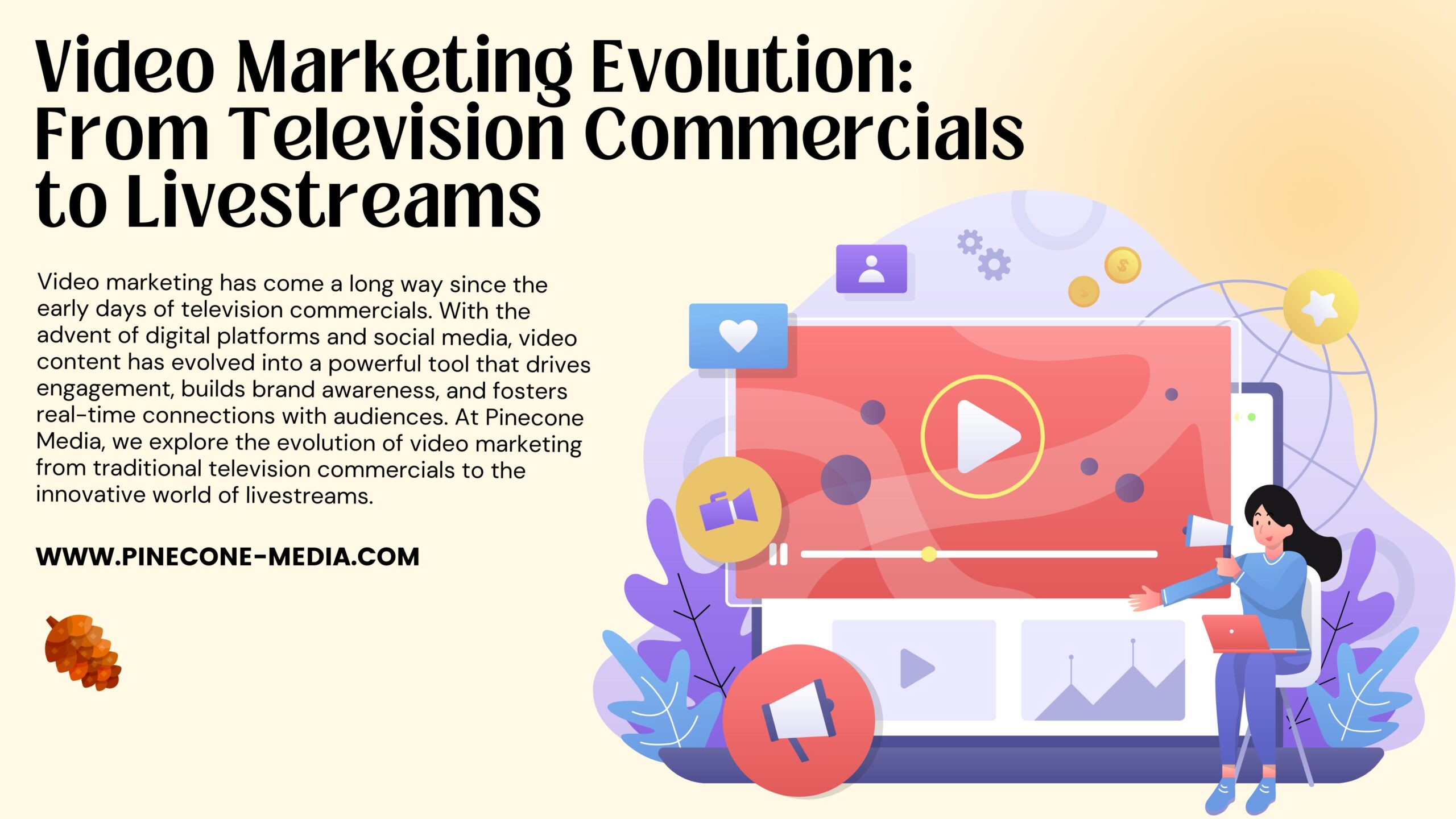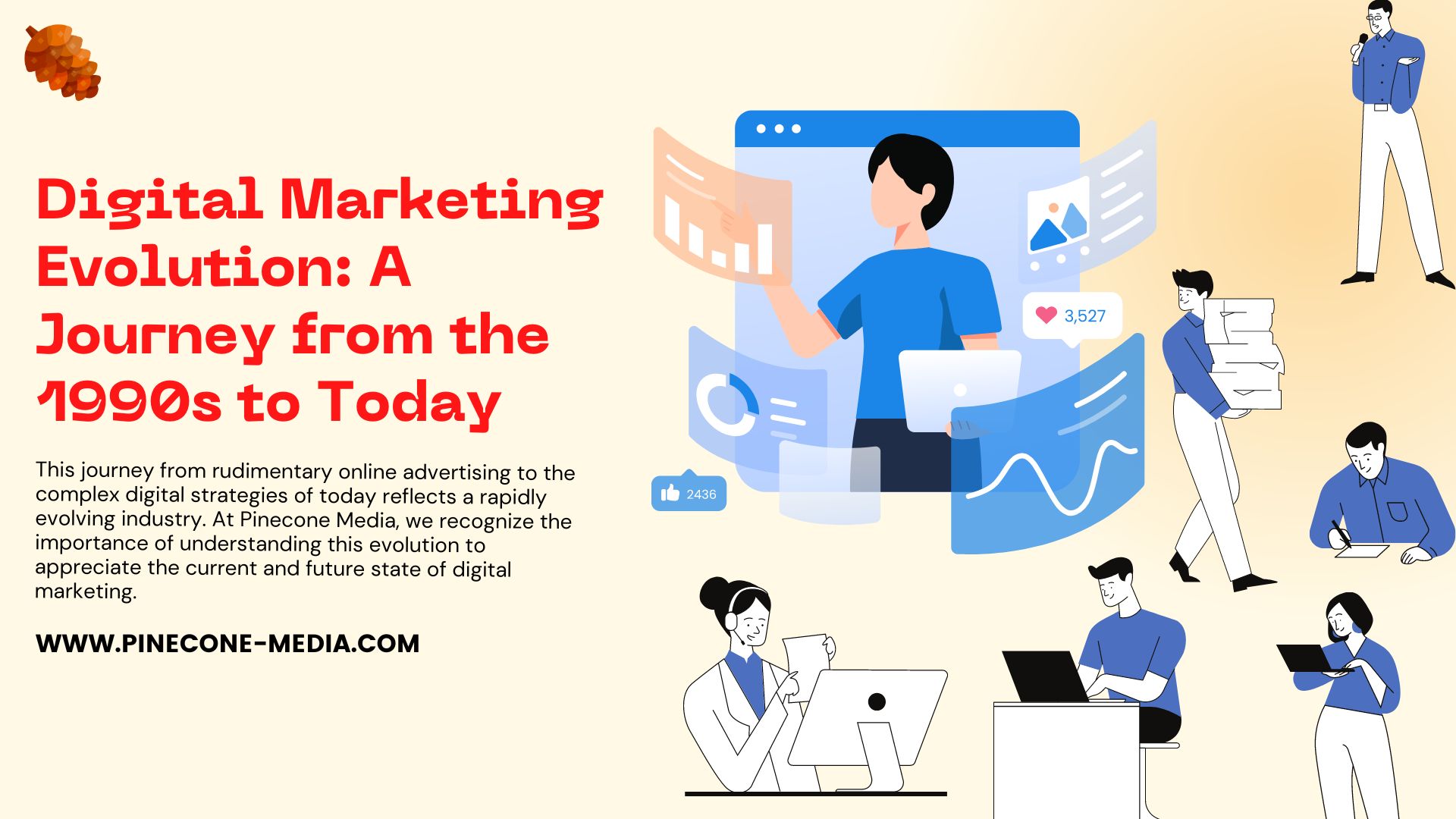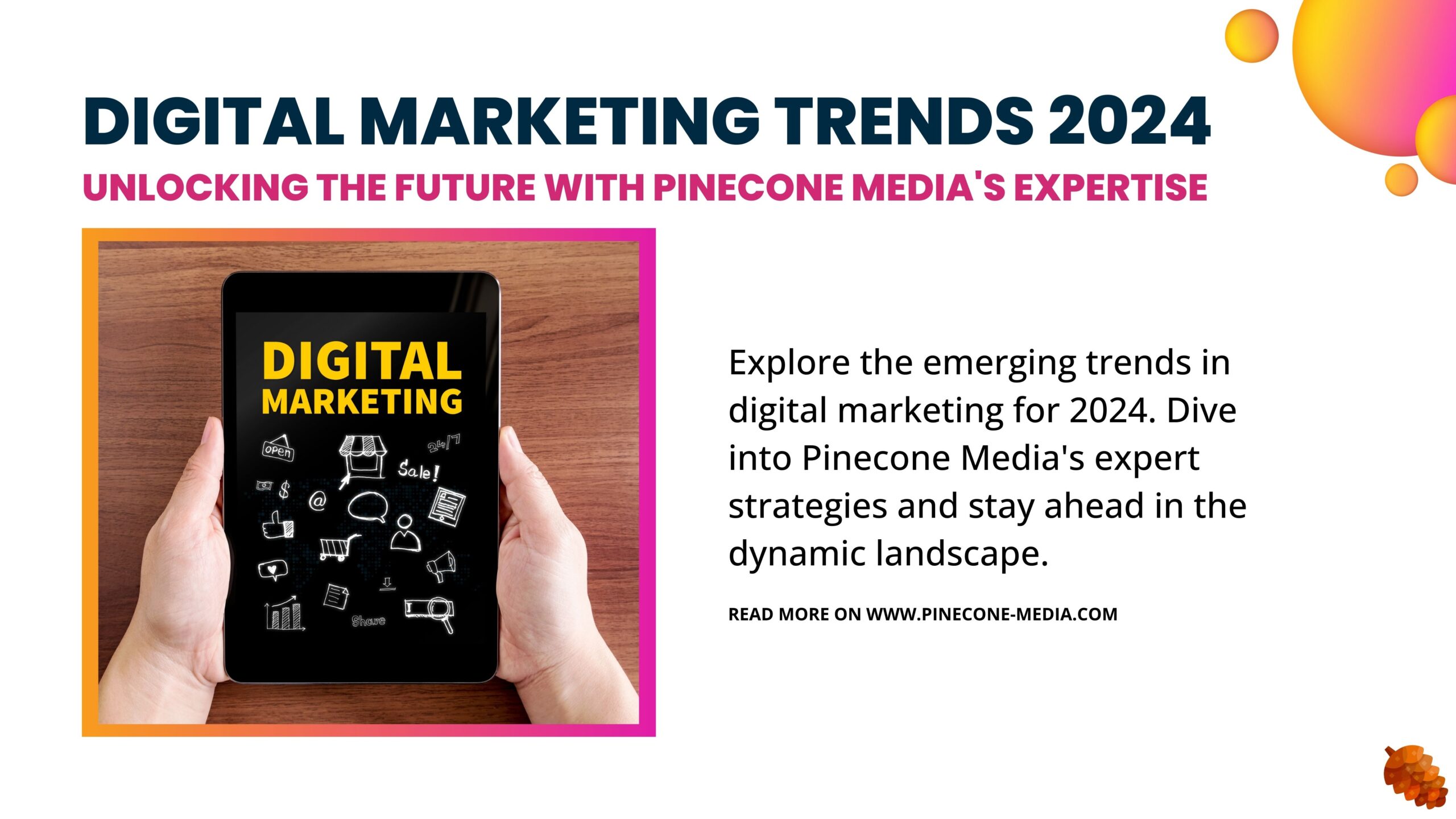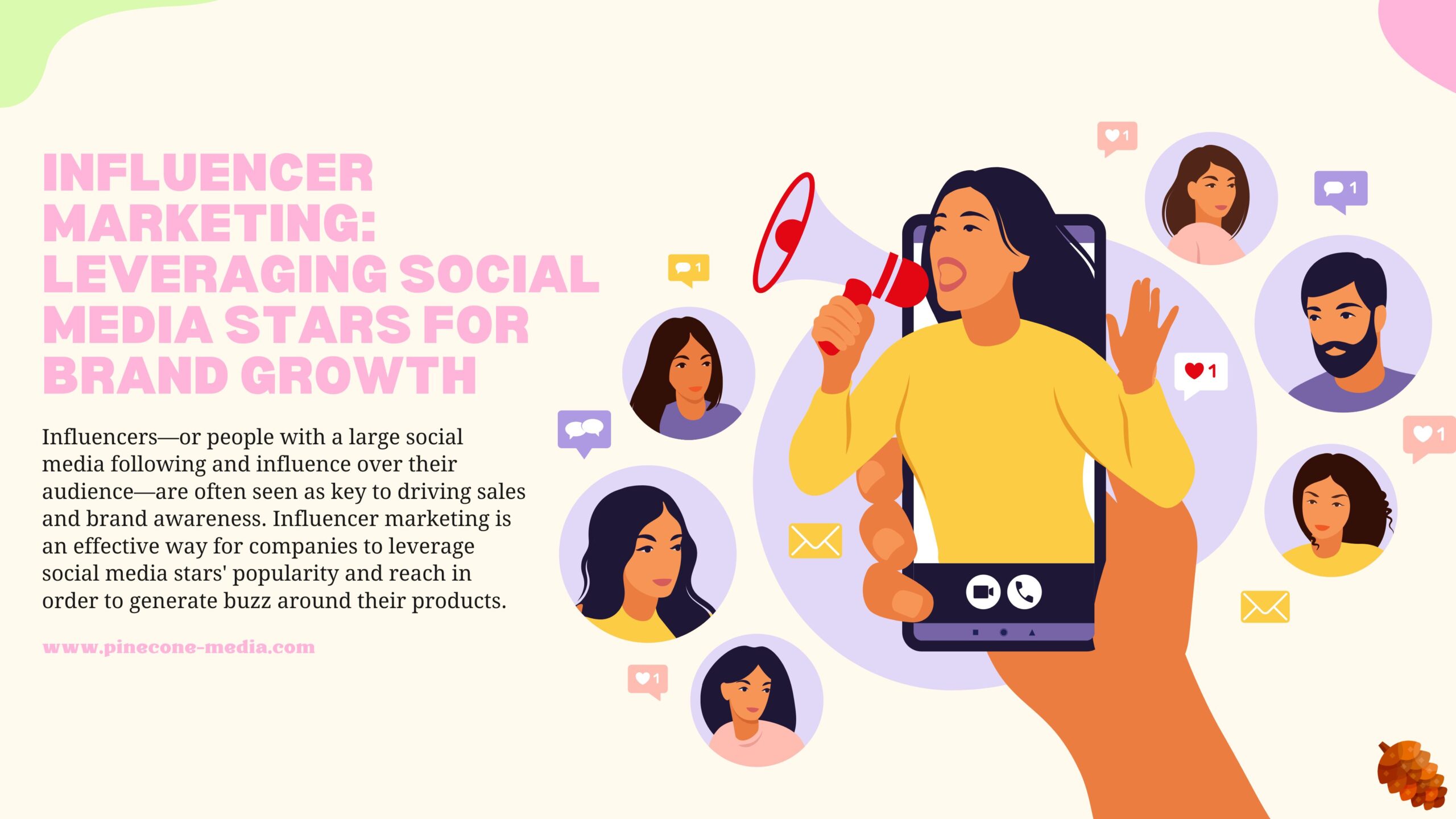Video Marketing Evolution: TV Commercials to Livestreams
Video Marketing Evolution: TV Commercials to Livestreams Video marketing has come a long way since the early days of television commercials. With the advent of digital platforms and social media,…











